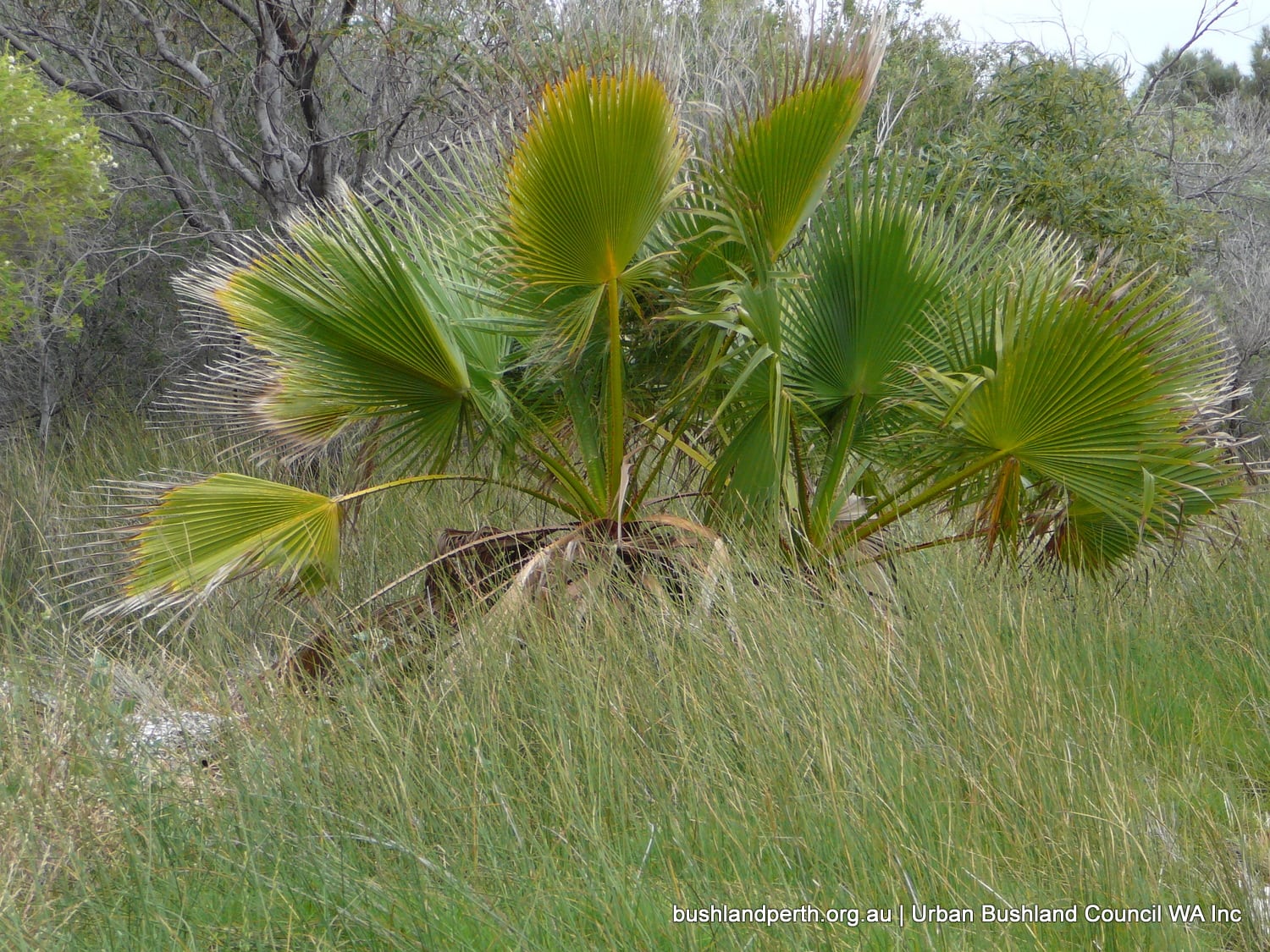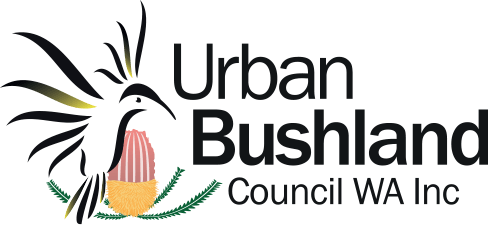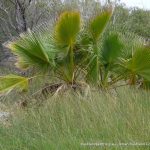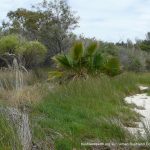Cotton Palm

Common name
Cotton Palm
Scientific Name
Washingtonia filifera
Type of plant
Tree And Shrub Weeds
About this weed
This palm was introduced as a garden specimen from south-western USA and north-western Mexico. It is highly adaptive but prefers rivers and creek banks, These photographed Cotton Palms were growing at the edge of the Swan River. In other local urban bushland the palms are a problem as the seeds from garden plants are washed along road drains and enter bushland wetlands. In Millstream National Park the palms have been systematically removed as they clogged the pools along the Fortescue River and displaced local palms.
Description
Cotton Palms grow to 25 m in height. They were introduced as garden plants and widely planted as a landscape ornamental. The fronds form a dense crown of fan-shaped, palmate leaves, and the old leaves form a “shag” below. It reproduces by seed and the time to first flowering is 9+ years. It does not resprout or produce root suckers. The seedbank persists in the soil from days to 6 years. Fire removes the dead thatch material but plants are rarely killed. Fire also encourages flowering and fruit production.
Impact on Bushland
They can disrupt ecological processes or result in loss of biodiversity if they become established.
Location
The seeds are washed down waterways and the palms are now established in riverine deltas and floodplains. In urban areas the seeds from gardens are washed down road drains and into bushland.
Priority for removal
Unknown: but will cause disruption to ecological processes or loss of biodiversity if established in bushland.
Management (hand)
At any time of the year hand pull seedlings and small plants. Cutting older plants at base when not in fruit can be done any time of the year also.
Management (herbicide)
Read the manufacturers’ labels and material safety data sheets before using herbicides.
Flowering month/s
January, February, December
Flower colour/s
No data
Information source
https://florabase.dpaw.wa.gov.au/browse/profile/17910
Additional information
https://florabase.dpaw.wa.gov.au/weeds/swanweeds/
Hussey, B.M.J., Keighery, G.J., Dodd, J., Lloyd, S.G. and Cousens, R.D. (2007) Western weeds. A guide to the weeds of Western Australia, Second Edition, The Weeds Society of Western Australia, Victoria Park, Western Australia.


